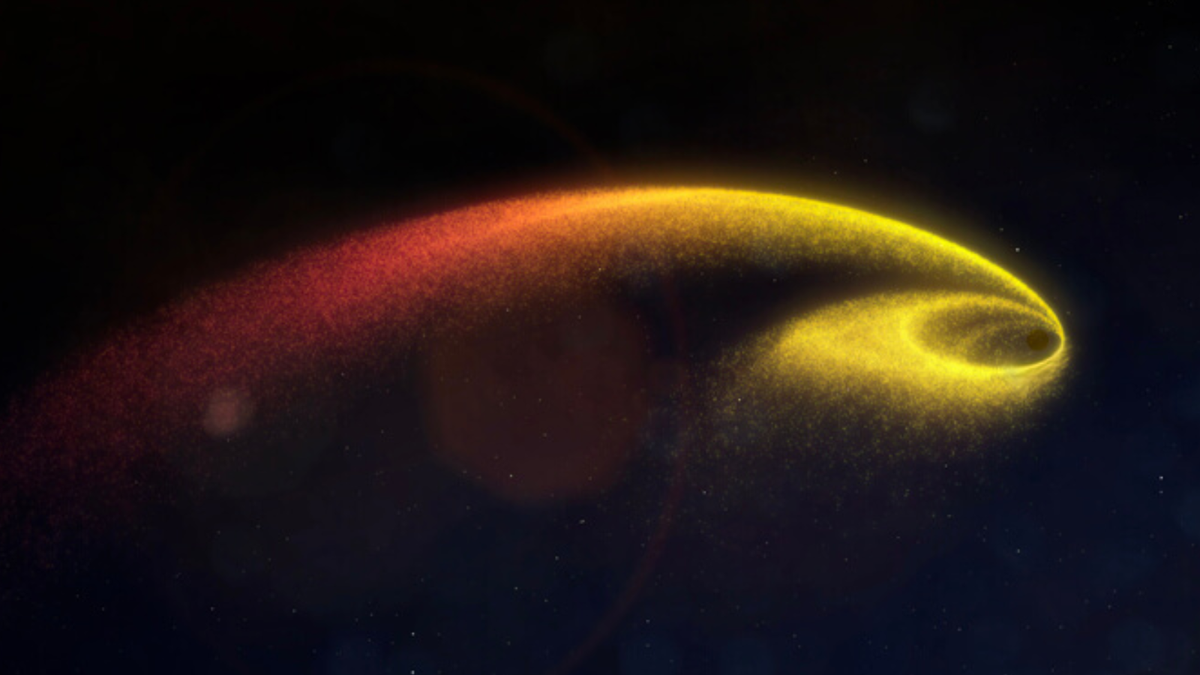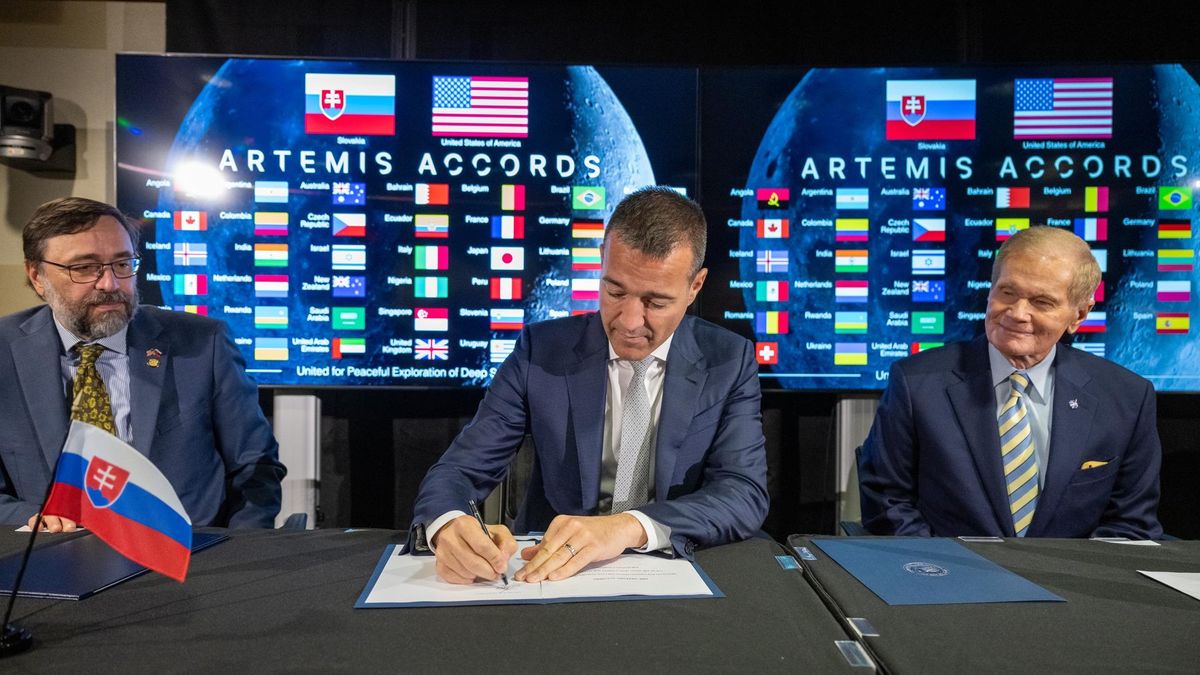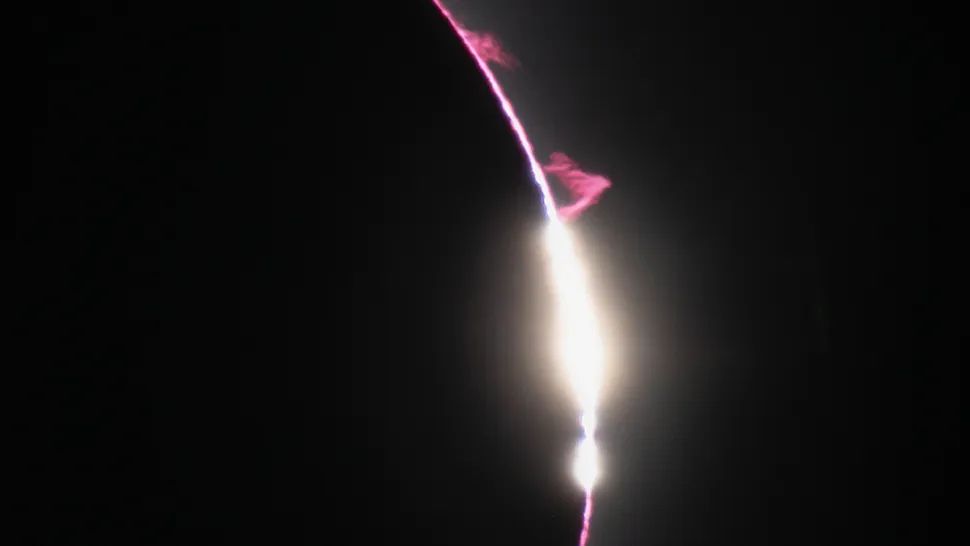Space Junk Captured in Stunning Close-Up Image
The ADRAS-J satellite, an innovative project spearheaded by Astroscale in Japan, recently achieved a groundbreaking milestone by successfully maneuvering within a few hundred meters of a discarded rocket body orbiting in space. This remarkable achievement was commemorated through the capture of a striking photograph that showcases space debris in unprecedented detail.
ADRA-J Mission:
The ADRAS-J mission, which stands for “Active Debris Removal by Astroscale-Japan,” was launched into Earth’s orbit aboard a Rocket Lab Electron vehicle on February 18th. Weighing 330 pounds (150 kilograms), this cutting-edge probe is specifically designed to rendezvous with and study a large fragment of space junk – the upper stage of the Japanese H-2A rocket responsible for launching the GOSAT Earth-observation satellite back in 2009.
Astroscale envisions this mission as a vital step towards advancing technologies that can be used to service satellites, as well as capture and de-orbit debris objects in the future. By successfully maneuvering within close proximity of the rocket body, which measures approximately 36 feet long by 13 feet wide (11 by 4 meters), ADRAS-J has demonstrated its capability to perform intricate maneuvers within the challenging environment of space.
Future Endeavors:
As the mission progresses, ADRAS-J aims to capture additional images of the upper stage through a series of controlled close-approach operations. The insights gained from these operations are expected to enhance our understanding of debris in space and provide valuable data necessary for future debris removal efforts.
Advocates for space exploration emphasize the importance of removing the largest and most hazardous debris objects to maintain the safety and accessibility of Earth’s orbit. Rocket bodies such as the H-2A upper stage pose significant risks, as collisions with other space objects or active satellites could trigger catastrophic events, leading to a potential collision cascade.
Historical Context:
While the recent image captured by ADRAS-J marks a significant achievement, it is not the first instance of space junk being photographed up close. In 2003, the U.S. Air Force Research Laboratory’s XSS-10 satellite rendezvoused with the spent upper stage of a Delta II rocket and captured an image of the object. However, the complexity of ADRAS-J’s mission surpasses that of previous endeavors, highlighting the advancements in space exploration and debris removal technologies.
Image/Photo credit: source url





